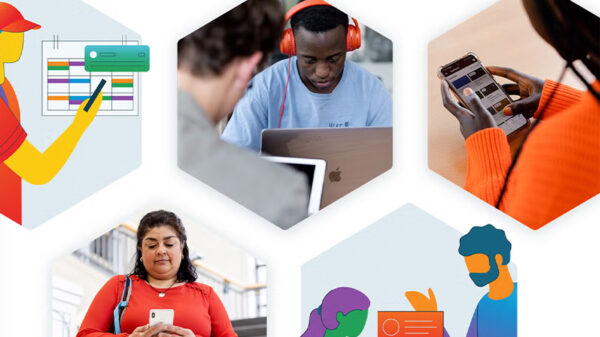By Michael Ngan
Lenovo Philippines Country General Manager
In every sector, innovation is the inevitable next step. Companies everywhere are under immense pressure to generate new product and service innovations even faster than before. What was once revolutionary has quickly become the norm, and organizations are beginning to realize that they need to be able to move just as fast to stay ahead of increasingly saturated markets. Which brings to mind, how then can today’s companies re-invent the wheel?
Home to the world’s largest population of Internet users and bolstered by a thriving mobile-savvy millennial generation, Asia is leading the pack. IDC forecasts that Asia Pacific (excluding Japan) will represent the largest market for innovation accelerators, reaching more than US$600 billion by 2020. We explore the key driving forces—‘M factors’ as we call it—leading innovation in Asia and how these will continue to shape device innovation as we know it today:
Millennial Expectations
Millennials are taking over. These born and bred digital natives will make up more than 70 percent of the workforce by 2025, and will come with an estimated US$6 trillion in disposable income by 2020. For companies looking to capture their attention, they need to realize that millennials bring an entirely new set of expectations to the consumer market. They want things wherever they are, whenever they want it. The rise of the ‘sharing-market’ has also lessened the need for millennials to own things. This has led to the emergence of an ‘experience economy’—where personalized and interactive experiences are top priority. For instance, if a millennial watched a movie and felt like walking in the shoes of a Star Wars Jedi master for a day, they would be more than willing to put down the dollars to experience it if they can.
We are seeing businesses starting to address this with a fevered emphasis on delivering more choices and more experiences to tomorrow’s end-users. This means leveraging new technologies such as augmented and virtual reality (AR/VR), artificial intelligence (AI), and automation to support new behaviors and experiences across diverse devices.
Multi-functionality
Personalized experiences are driving today’s innovation, and for organizations to stay ahead, they need to deep dive into the end-users habits that are dominating everyday life. Gone are the days where a device serves just one purpose; users are becoming increasingly savvy, and they expect their devices to do as many things as they are while seamlessly integrating into their daily routine.
The advent of smart assistants and rapid adoption of Internet of Things (IoT) has opened the door to many opportunities for greater integration between devices. Gartner predicts that 30 percent of interactions with technology will happen through conversations with smart machines. The industry is pointing toward the inevitable smart home, fitted with technologies that will enable users to conduct web searches, play music, create lists and provide calendar updates with just a simple voice command. Already, studies have shown that more than 65 percent of users around the world engage with voice technology and a third do so because it is more convenient when performing daily duties like getting dressed or cooking meals.
Mobility Redefined
With Asia set to be home to 5.6 billion connected devices by 2020, surpassing North America by almost five times, mobile is becoming the new norm. Be it making payments, ordering breakfast or even completing a work document on the go, Asian millennials are driving this shift. They will expect nothing less than intuitive, high-performance yet aesthetically pleasing devices that deliver experiences beyond the user interface—be it for work or play.
Over the years, there has been much debate over the efficiency of taking notes with the pen and paper versus typing it out on the PC. However, it is interesting to note that the multi-sensory process of holding a pen to surface enables recorded content to be more memorable and better suited for conceptualizing, prototyping and brainstorming. Just ask your friends and colleagues.
Increasingly, we see companies pulling out all the stops to meet this demand—through devices that deliver the ‘2-in-1’ value that go beyond the traditional form factor. Offering productivity on the go without compromising on aesthetic, smart devices out there are already delivering the multi-sensory PC and tablet experience. Some are even mimicking an actual book that comes with dual stylus pens, integrating the function of traditional note taking with advanced touch-screen and keyboard capabilities. What’s more, they even come with gorgeous glass halo keyboards with haptic feedback for ease of use!
Asia is at the forefront of device innovation, and manufacturers today need to stay ahead of market trends to stay relevant in this increasingly competitive market. Devices need to provide the basic mobility, functionality and convenience of a smart device, and at the same time deliver a personalized, multi-functional experience.
Before you know it—the traditional smart device will be a thing of the past and your organization could be the one to bring the next game-changing innovation to the industry.









































































































